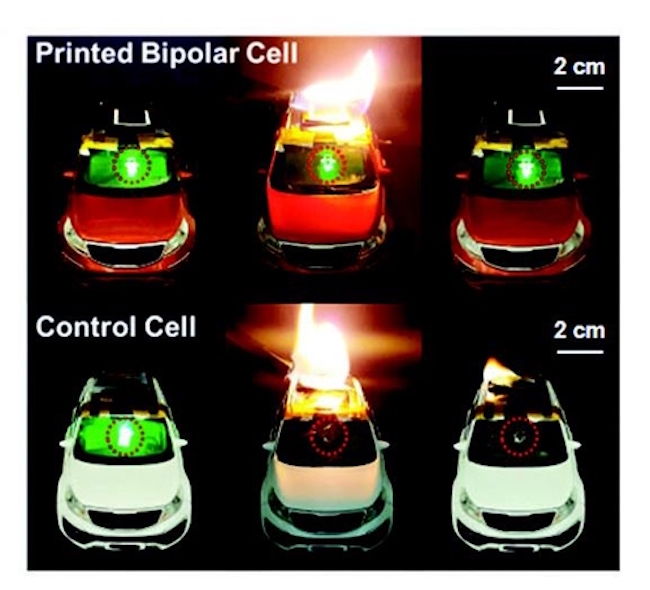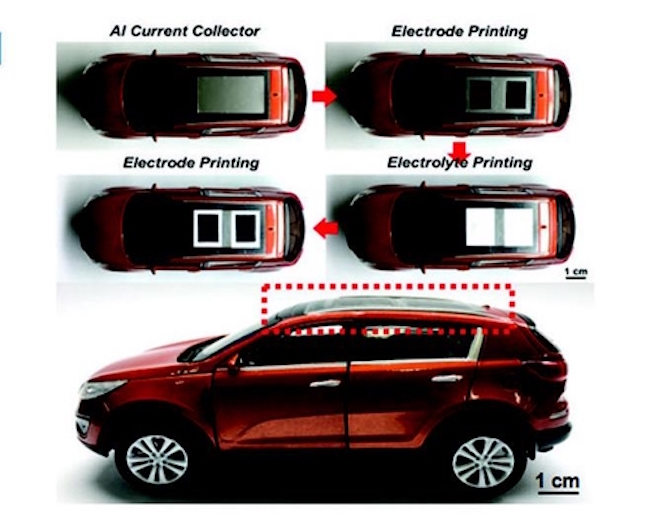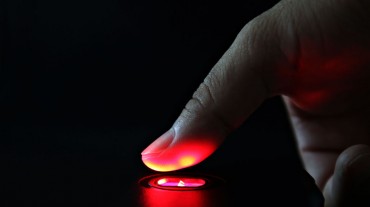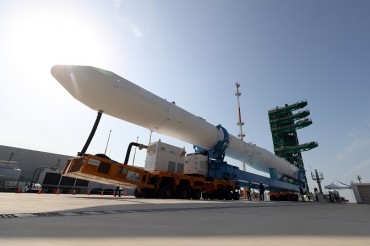
A research team at South Korea’s UNIST has developed a new type of lithium-ion battery that can be printed, bent, cut and even put through flames without leaving it worse for wear. (Image: UNIST)
ULSAN, Feb. 21 (Korea Bizwire) – A research team at South Korea’s UNIST has developed a new type of lithium-ion battery that can be printed, bent, cut and even put through flames without leaving it worse for wear.
The technology has been named the “flexible/shape-versatile bipolar all-solid state lithium-ion battery” by its creators.
According to UNIST, lithium-ion batteries generally have three principal components: the cathode, the anode and electrolytes.
Most lithium-ion batteries in use today contain liquid electrolytes, substances that making the batteries susceptible to explosion.
By replacing the liquid electrolytes with solids, the reformulated lithium-ion batteries became both safer and flexible.
In one final touch, the researchers manipulated the materials that comprise the three core components (cathode, anode, electrolytes) and modified them into ink.

As an experiment, the printed battery was placed on the roof of a toy car and connected to a small LED light. The roof was then set on fire, but the LED light remained lit. (Image: UNIST)
By printing out these materials in ink form, lithium-ion batteries in printed bipolar cell format were manifested.
When charging, the battery reached up to a voltage of 7.2V.
To test its capabilities, the printed battery was placed on the roof of a toy car and connected to a small LED light. The roof was then set on fire, but the LED light remained lit.
The battery was then bent and cut into two pieces, but the LED light continued to be illuminated.

The battery was then bent and cut into two pieces, but the LED light continued to be illuminated. (Image: UNIST)
The researchers revealed they expect the lithium-ion battery to be widely used in electric cars, small electronic devices and continued research into developing new forms of batteries.
Lina Jang (linajang@koreabizwire.com)






